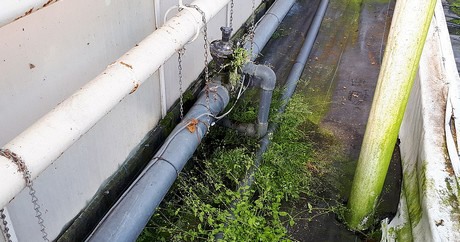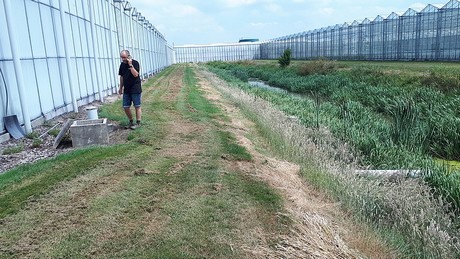Ninety percent of the greenhouse horticulture companies in the northern Dutch provinces of Groningen and Drenthe have made use of a free water analysis initiative. It maps out water flows, emissions and bottlenecks. The analysis is part of Duursaam Glashelder, a collaborative project that aims to improve water quality in the region.

Jaap Delphy's Vaate, who has carried out a large part of the scans, is very pleased about the positive atmosphere in which this took place. “The authorities - water boards and environment service - are cooperative and look for practical solutions. The companies are given sufficient time to resolve bottlenecks. And the growers are very willing to meet the requirements," he notes.
During the analysis, all relevant water issues at the company are mapped out and compared to the legal requirements, such as the water purification that's required since last year. Best practices in the company are also looked into. The findings end up in a report, which then serves as the basis for an interview with the water board and the environmental service. In that conversation any shortcomings or bottlenecks are discussed and a solution is determined.

“The enthusiasm was surprisingly large. Almost everyone participated, and the exceptions had good reasons: For example, company termination in the near term or the conviction that everything is perfectly in order," says Bij de Vaate.
Condensed water flows
A recurring issue was that in many companies the flows of condensed water could be improved. For example, they ended up in the basin that subsequently flooded. "It's often easy to solve," says the consultant. This also applies to leakage during drainage collection. In a number of cases the pipework had to be adjusted and several companies have started to use new disinfectants with the option of purifying discharging water. "The economic climate has been favorable for some; that certainly helped to make it run smoothly," he says.
Last fall there were some problems in the field of decontamination, including frequent disruptions, which did not increase confidence in the quality of decontamination. The situation has since improved.
Water quality comes first
Duursaam Glashelder encompasses more than just business advice. The cooperation program between governments and Glastuinbouw Nederland is also concerned with the limited sewage capacity in Klazienaveen, Erica and Zuidbroek, the quality of irrigation water, monitoring of ditch water and knowledge exchange.
Delphy is also involved in the latter. “We have organized meetings about plant resistance and soil moisture sensors. A study group continues with the latter subject," he says. The intention is to also offer advice to horticultural companies in Overijssel.
For more information:
www.duursaamglashelder.nl
Source: Glastuinbouw Waterproof
